How Osteopractic Therapy Can Help
Pain Reduction
Osteopractic therapy targets neuromusculoskeletal pain, utilizing techniques like manipulation and dry needling for effective pain reduction.
Muscle Tone Regulation
Osteopractors address muscle spasms and tension, promoting a balanced and relaxed musculature.
Natural Healing Promotion
By stimulating local and central responses, osteopractic therapy facilitates the body's natural healing processes, contributing to quicker recovery.
Posture and Alignment
Osteopractors assess the full body for alignment and posture impairments, not just the assessing the area of pain. Improving alignment and posture can facilitate healing and prevent future complications.

Now Offering: In-Home Visits
We’re excited to offer in-home therapy visits, delivering high-quality, hands-on care right to your doorstep for your convenience! Text or email us today for more information
what is osteopractic / an osteopractor?
Osteopractors specialize in using high-velocity low -amplitude thrust manipulations, instrument assisted soft tissue mobilization, dry needling, joint mobilizations, and strengthening/stretching exercises to address these conditions
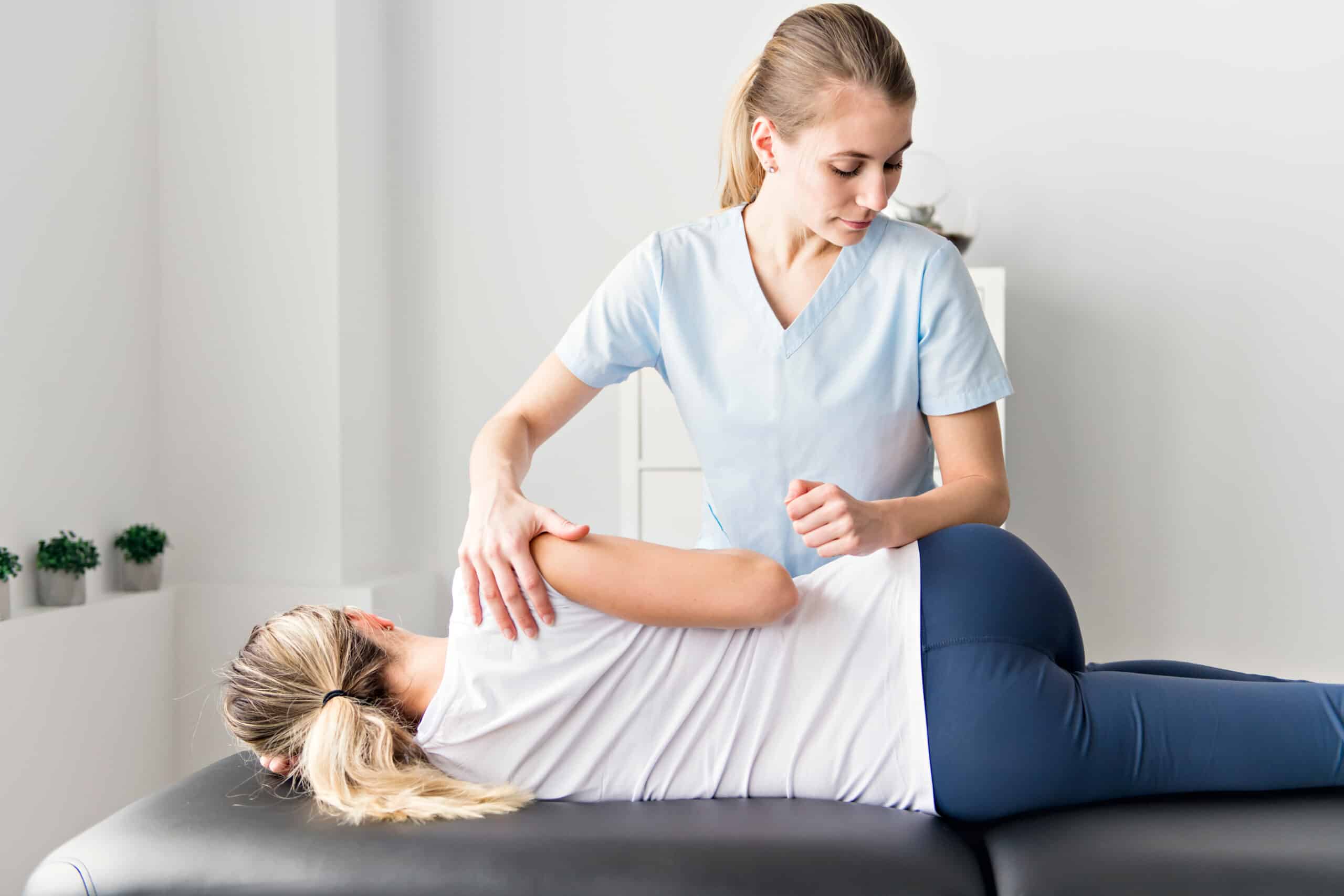
Areas of Specialty
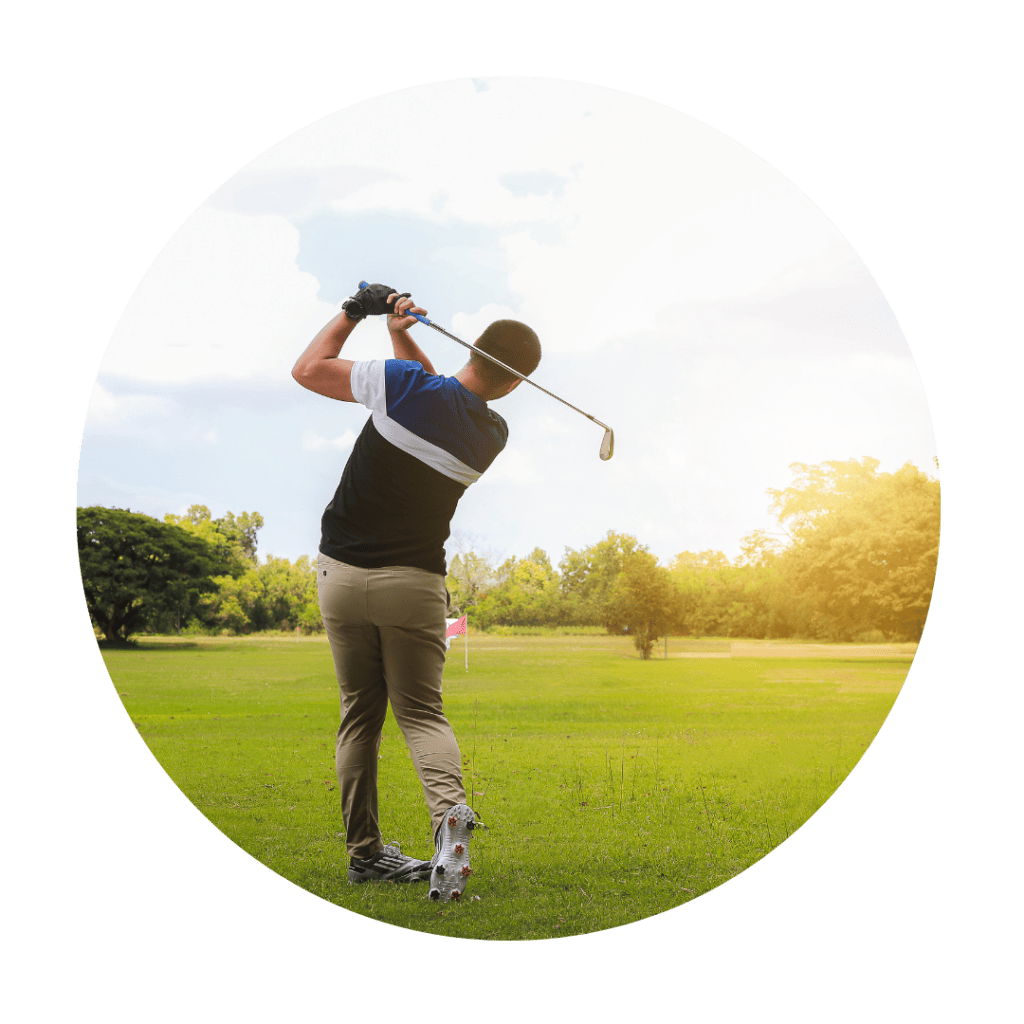
Sports Injuries
Rehabilitation and prevention strategies for athletes with musculoskeletal injuries.
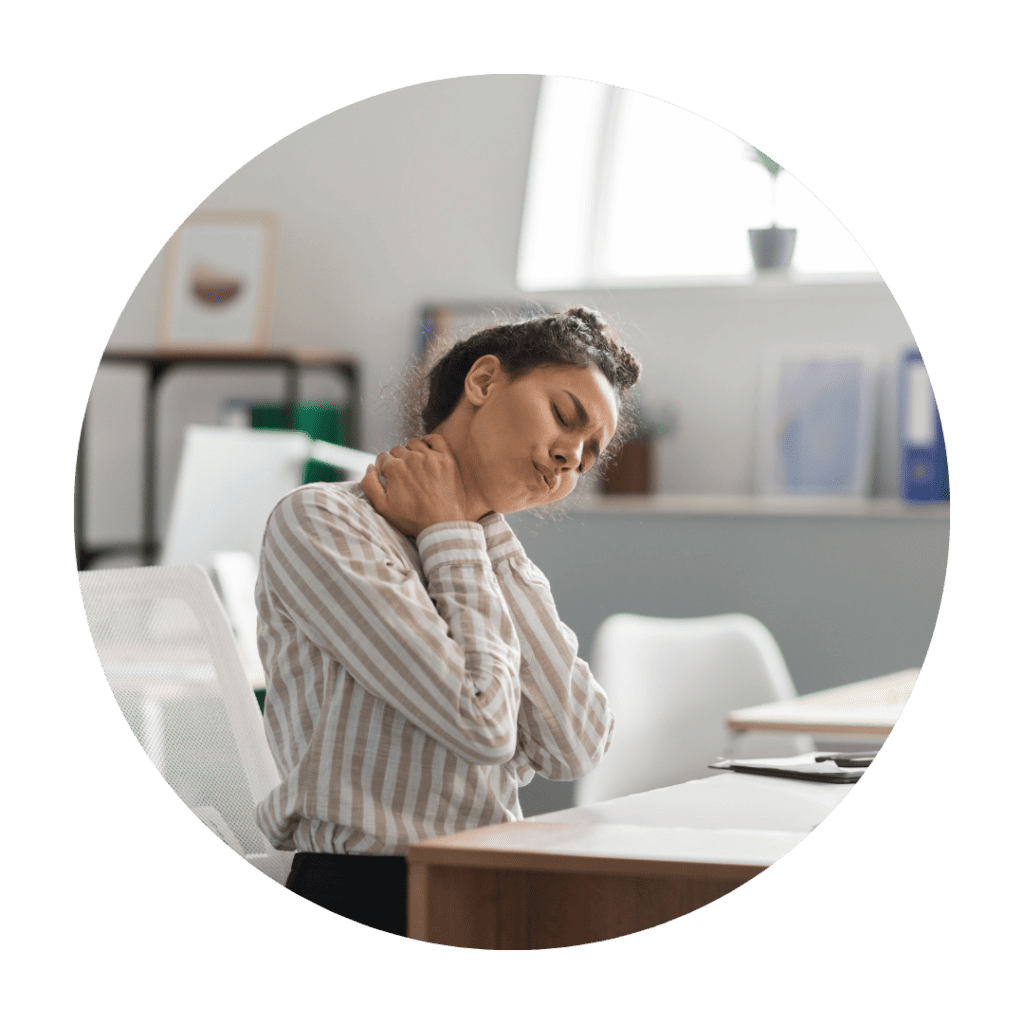
Pain Management
Comprehensive strategies for managing persistent musculoskeletal pain.
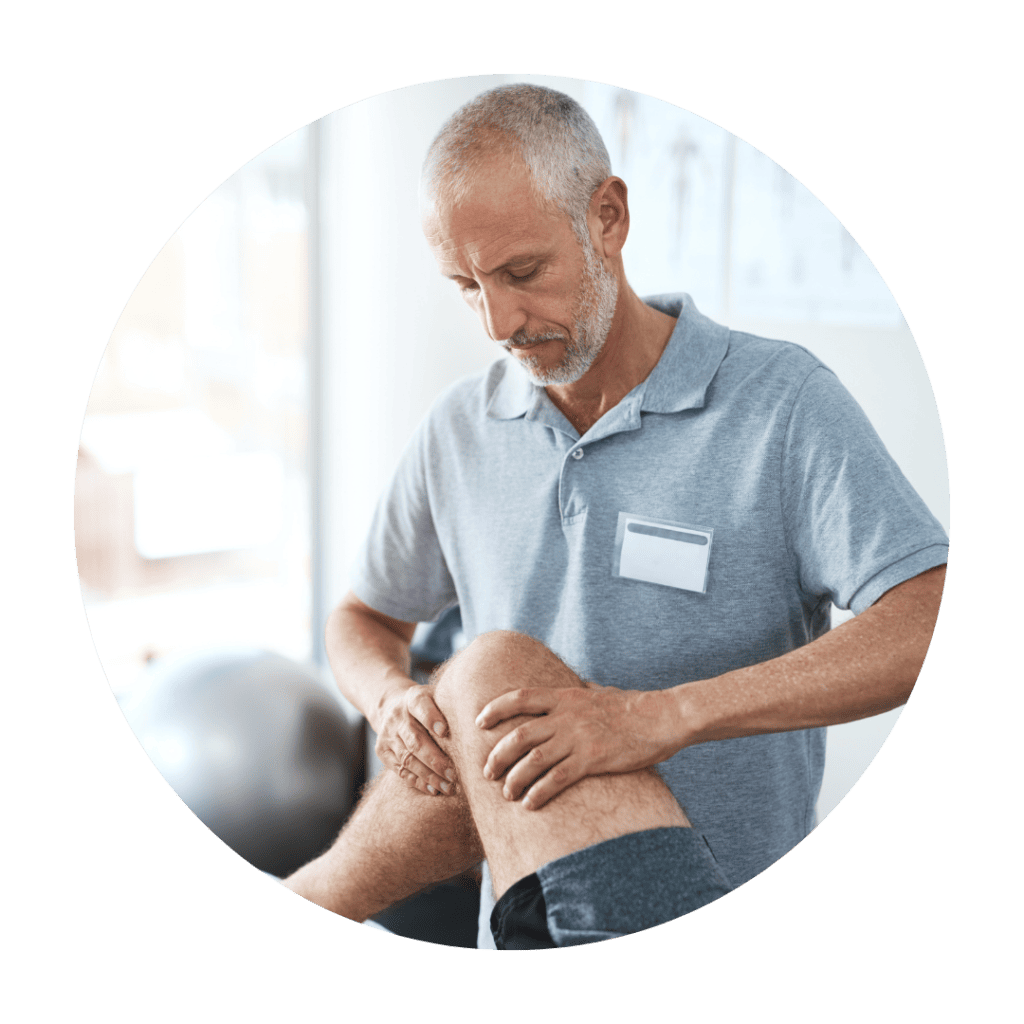
Preventive Care
Proactive measures to enhance overall musculoskeletal health and prevent injuries.
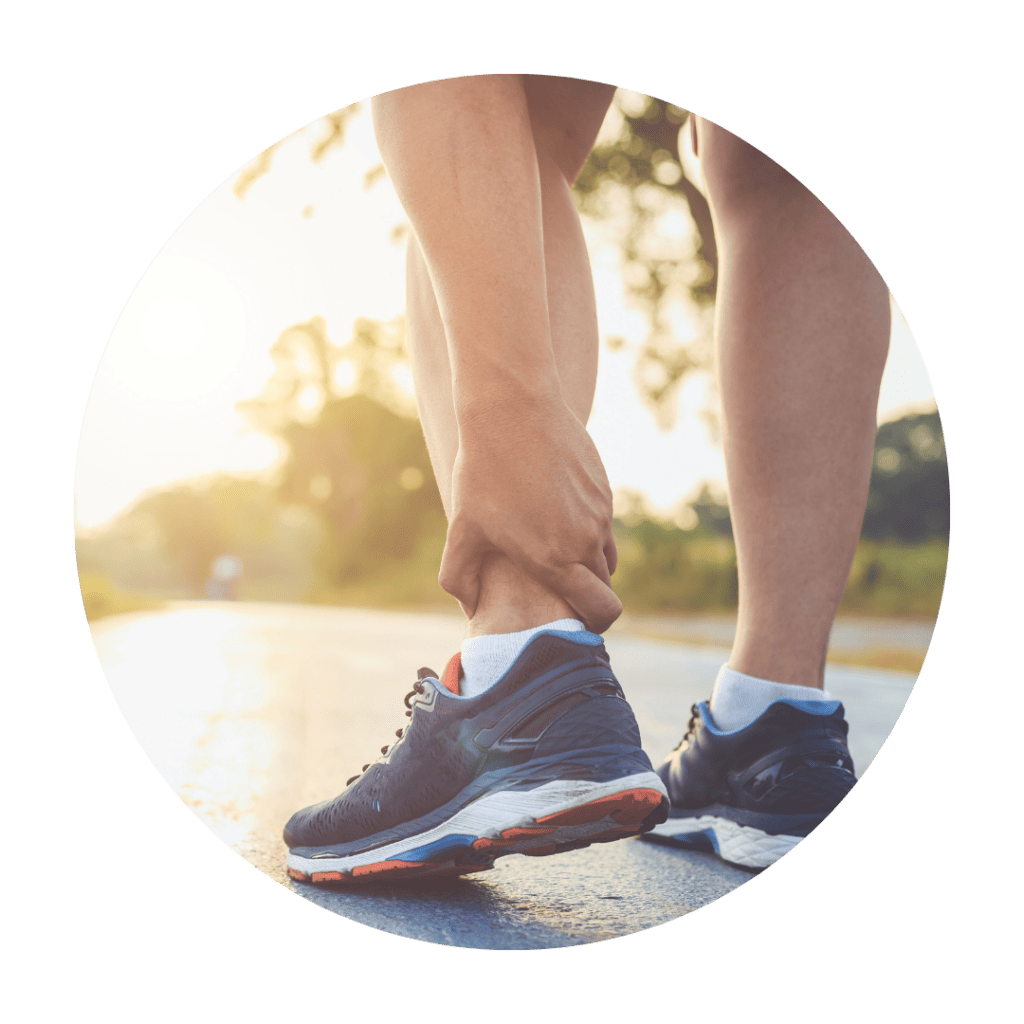
Strain Injuries
Assessment and treatment of injuries resulting from repetitive activities or overuse.
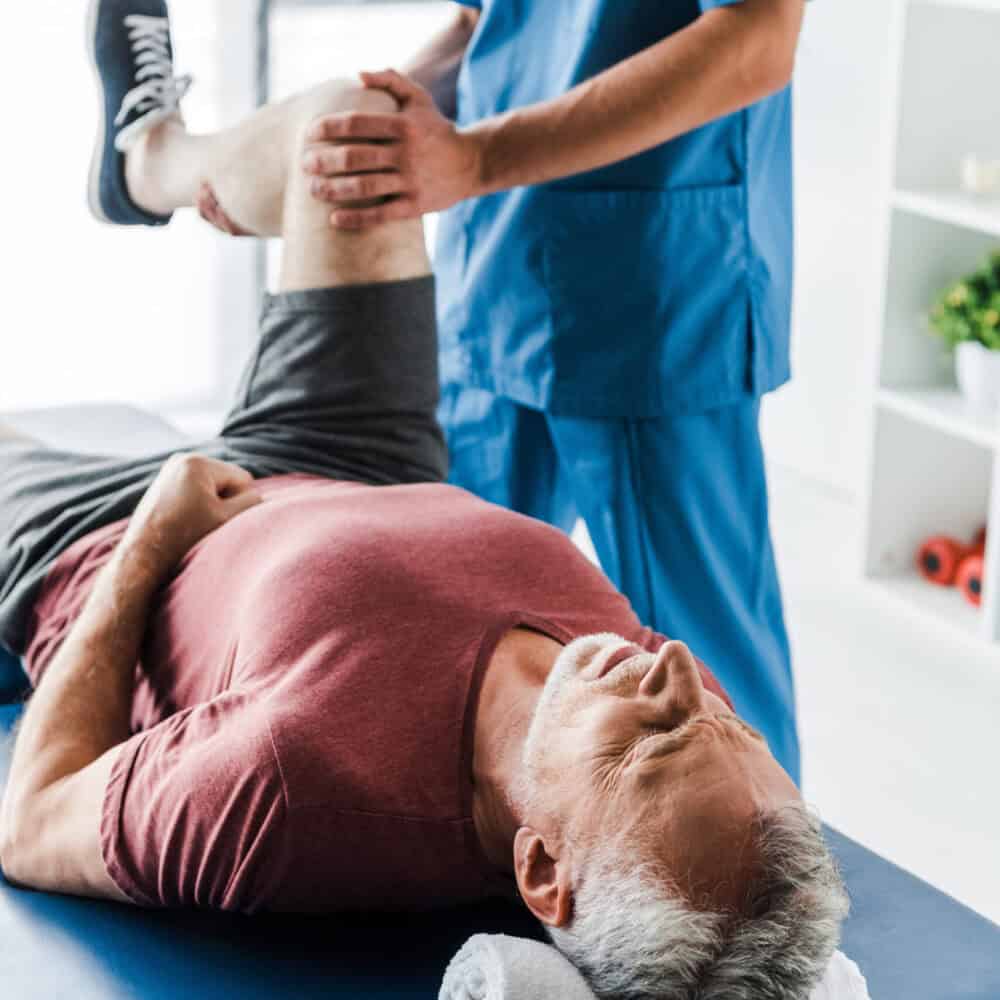
Commonly Asked Questions
This means we can offer you the comprehensive treatment you require, rather than being constrained by what insurance providers deem necessary. Our goal is to empower you to achieve optimal health and wellness without compromise.
Dry needling is a procedure that entails inserting small needles into the body without administering medication—hence the term “dry.” The goal of this therapy is to stimulate local, spinal cord, and cortical (brain) responses, leading to reduced pain, decreased muscle tension, enhanced mobility, and the activation of the body’s natural healing mechanisms. Dry needling can aid in healing of a variety of structures in the body such as tendons, ligaments, nerves, and muscular injuries. Electrical stimulation can be added to the needles to further enhance the body’s natural healing processes.
Spinal manipulative therapy is a hands-on approach that involves delivering a quick thrust with low amplitude to the body. This thrust often results in a joint cavitation or audible sound (pops/clicks) as the force reaches the joint and stretches the surrounding tissues. The purpose of manipulative therapy is to reduce pain, alleviate stiffness, decrease muscle tone/guarding/spasms, and enhance overall range of motion and mobility.
Taping involves applying special elasticized tape directly to the skin to aid in the treatment of injuries and pain. This unique tape is well-suited for those recovering from injuries, allowing them to stay active during the healing process. It is often used in physical therapy for conditions like tendonitis, ligament sprains, muscle strains, or partial dislocations. The tape is strategically placed to support muscles, tendons, and joints, lasting for several days and remaining effective even during showers.
Cupping is a healing method using a silicone cup on the skin. The cup creates a vacuum, gently lifting skin, muscles, and fascia. This promotes increased blood circulation, delivering more oxygen and nutrients. The vacuum also helps stretch connective tissue layers that may be stuck together due to inflammation.
IASTM stands for Instrument-Assisted Soft Tissue Mobilization. It is a manual therapy technique used by physical therapists to treat musculoskeletal conditions. During IASTM, specially designed tools with various shapes and edges are used to massage and manipulate soft tissues such as muscles, tendons, and ligaments. These tools help to break up adhesions and fascial restrictions, aiming to improve range of motion, reduce pain, and enhance overall function. IASTM is often used in conjunction with other therapeutic techniques such as stretching and exercise to optimize outcomes in rehabilitation and injury recovery


